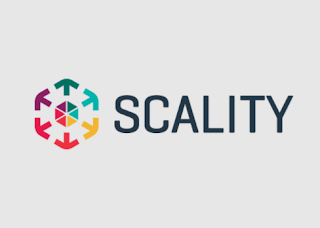Nokia and KDDI have conducted a series of tests in Japan to assess the use of 4G LTE for low-latency connectivity for vehicles.
For the proof-of-concept trials in Japan, Nokia and KDDI focused on vehicle to network use case and used non-integrated systems in cars interacting with sensors via the Nokia Multi-access Edge Computing (MEC) platform, which enables significantly reduced network latency.
The testing included LTE broadcast, implementing the evolved Multimedia Broadcast Multicast Service standard in two connected car applications, and demonstrating the potential of cellular technology to enable fully automated driving in the future.
 Nokia said its evolved Multimedia Broadcast Multicast service (eMBMS) hotspot solution allowed real-time information to be shared with multiple vehicles to enable awareness and road safety. The companies compared the efficiency of using LTE broadcast to the one-to-one communication enabled by LTE unicast, in two connected car applications:
Nokia said its evolved Multimedia Broadcast Multicast service (eMBMS) hotspot solution allowed real-time information to be shared with multiple vehicles to enable awareness and road safety. The companies compared the efficiency of using LTE broadcast to the one-to-one communication enabled by LTE unicast, in two connected car applications:
The trials were conducted by Nokia and KDDI at a rural location on the Japanese island of Hokkaido.
For the proof-of-concept trials in Japan, Nokia and KDDI focused on vehicle to network use case and used non-integrated systems in cars interacting with sensors via the Nokia Multi-access Edge Computing (MEC) platform, which enables significantly reduced network latency.
The testing included LTE broadcast, implementing the evolved Multimedia Broadcast Multicast Service standard in two connected car applications, and demonstrating the potential of cellular technology to enable fully automated driving in the future.
 Nokia said its evolved Multimedia Broadcast Multicast service (eMBMS) hotspot solution allowed real-time information to be shared with multiple vehicles to enable awareness and road safety. The companies compared the efficiency of using LTE broadcast to the one-to-one communication enabled by LTE unicast, in two connected car applications:
Nokia said its evolved Multimedia Broadcast Multicast service (eMBMS) hotspot solution allowed real-time information to be shared with multiple vehicles to enable awareness and road safety. The companies compared the efficiency of using LTE broadcast to the one-to-one communication enabled by LTE unicast, in two connected car applications:- Vehicle-to-network-to-vehicle (V2N2V) - in which cars maintained constant contact with the MEC system, sending real-time location, direction and speed data to roadside sensors. In an emergency situation, the driver can alert the application, with information distributed to other vehicles using eMBMS.
- Network Real-Time Kinematic (network RTK) -trial of LTE to enhance fully automated in-vehicle navigation. It showed how eMBMS could more cost-efficiently use existing geo-location systems to communicate to many vehicles in real-time and ensure accurate navigation.
The trials were conducted by Nokia and KDDI at a rural location on the Japanese island of Hokkaido.














